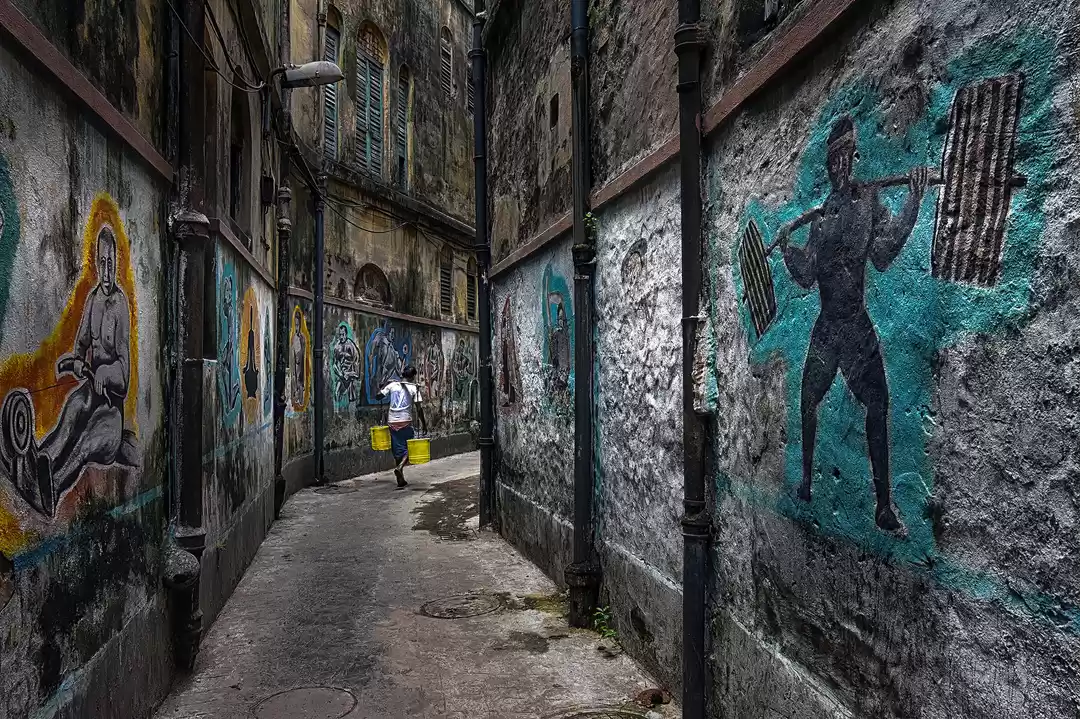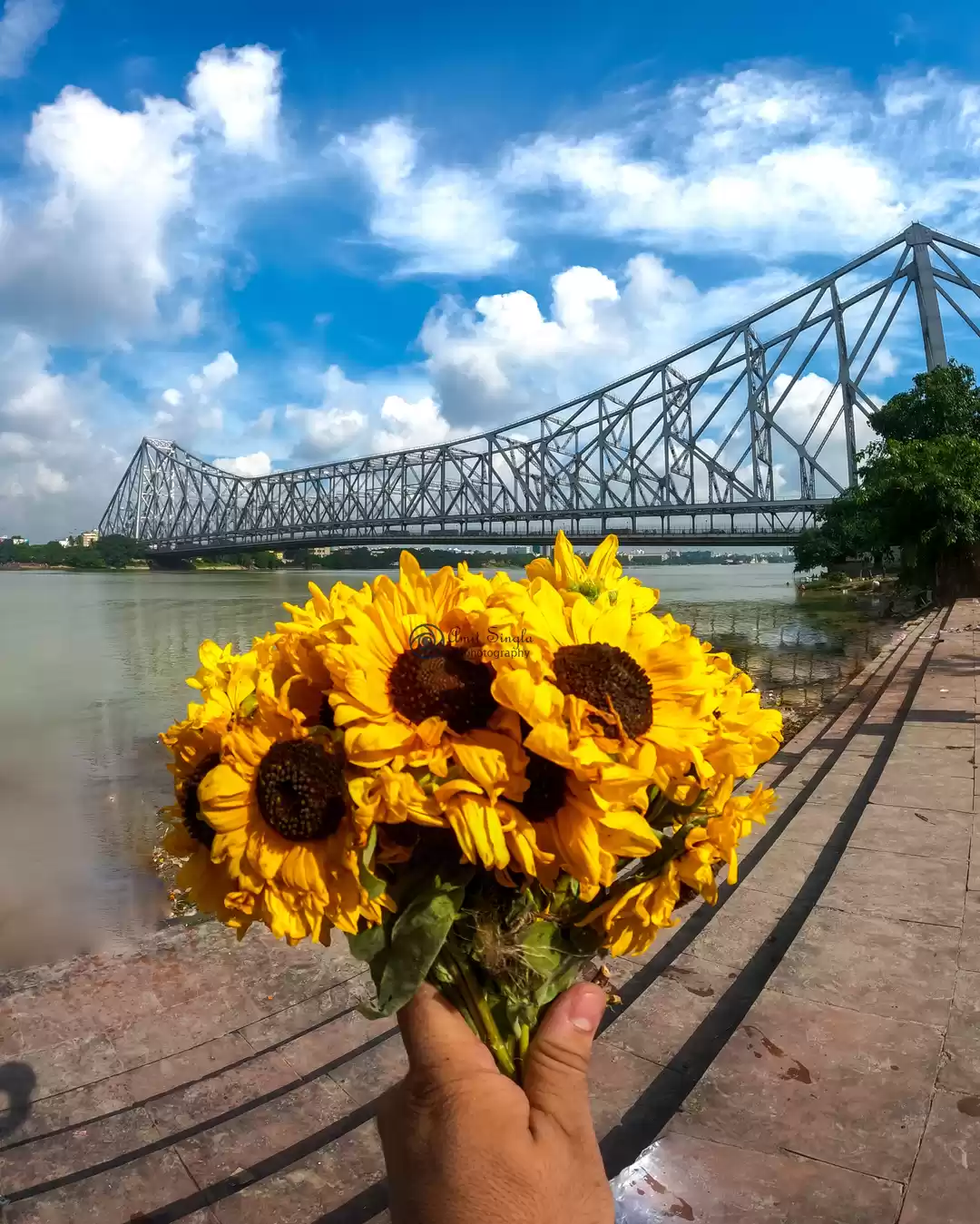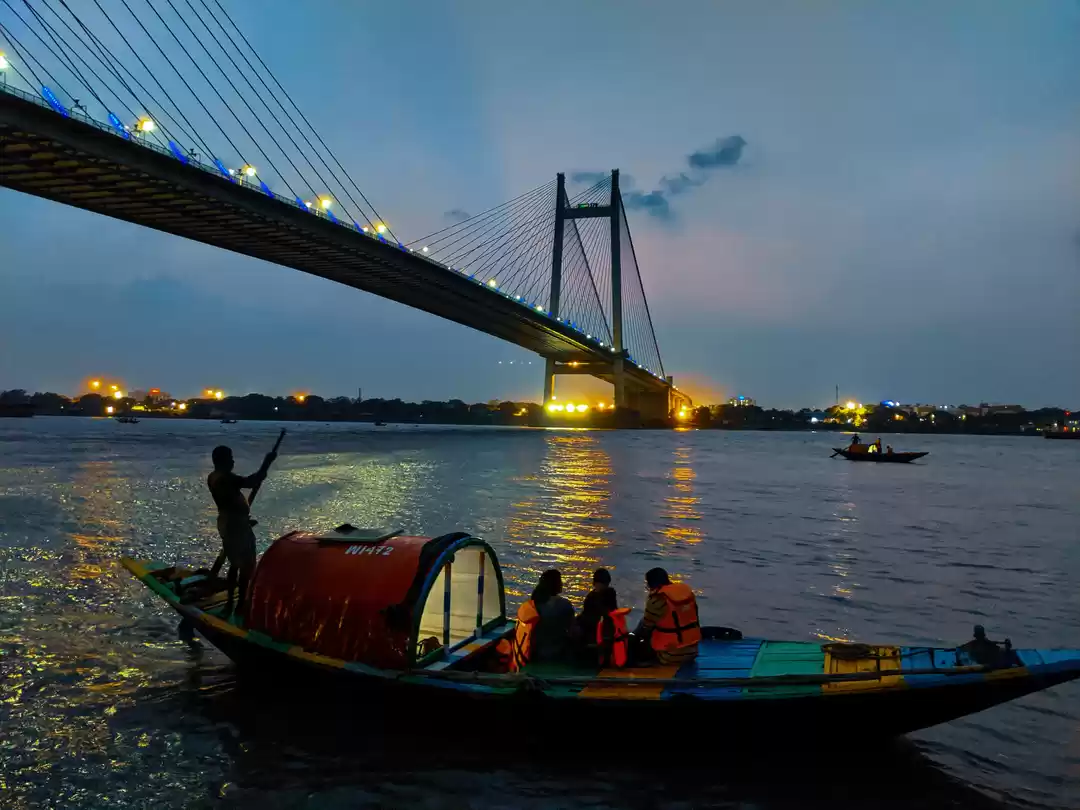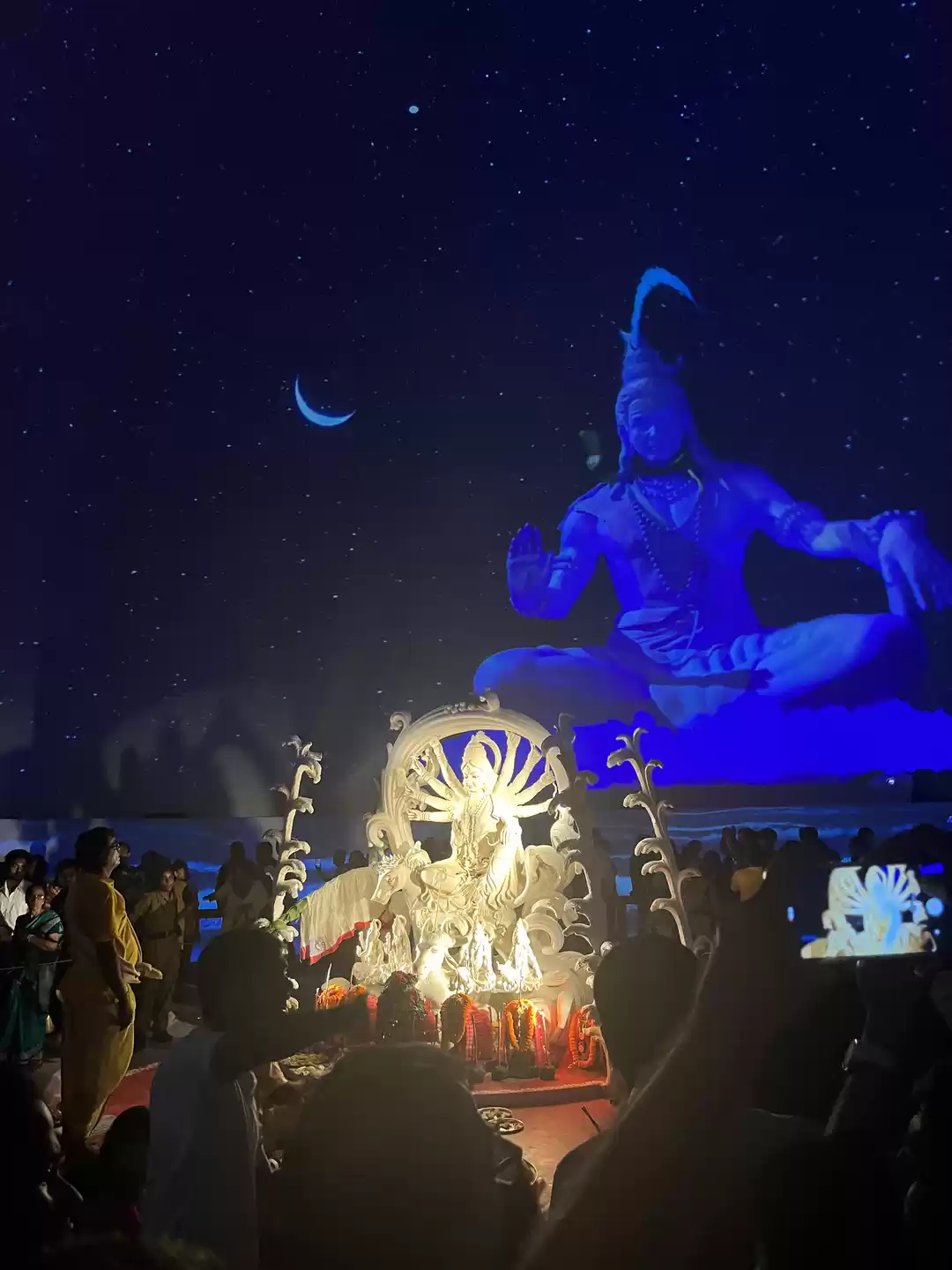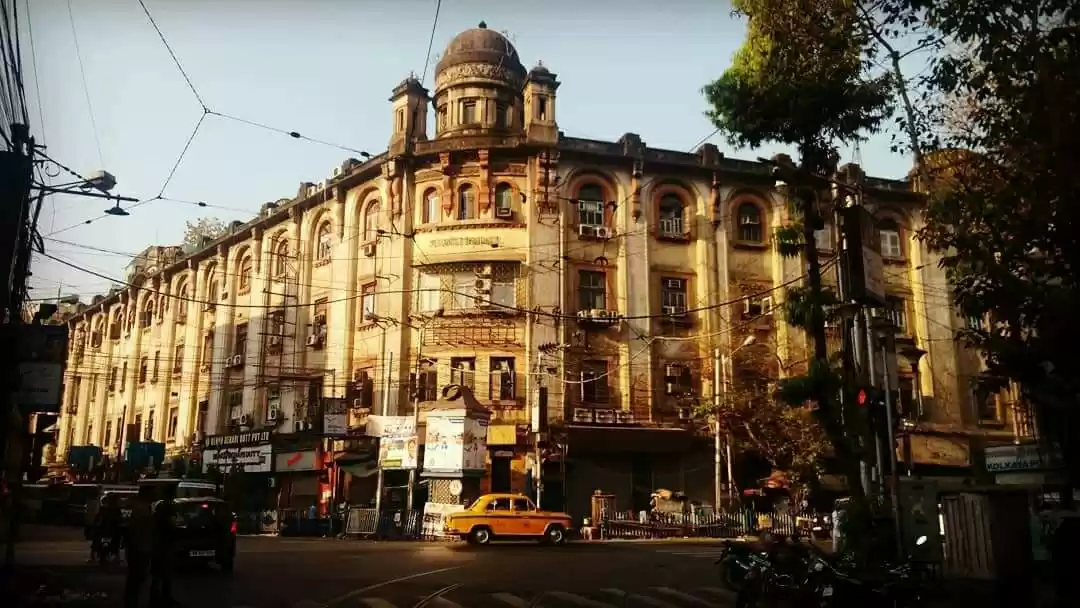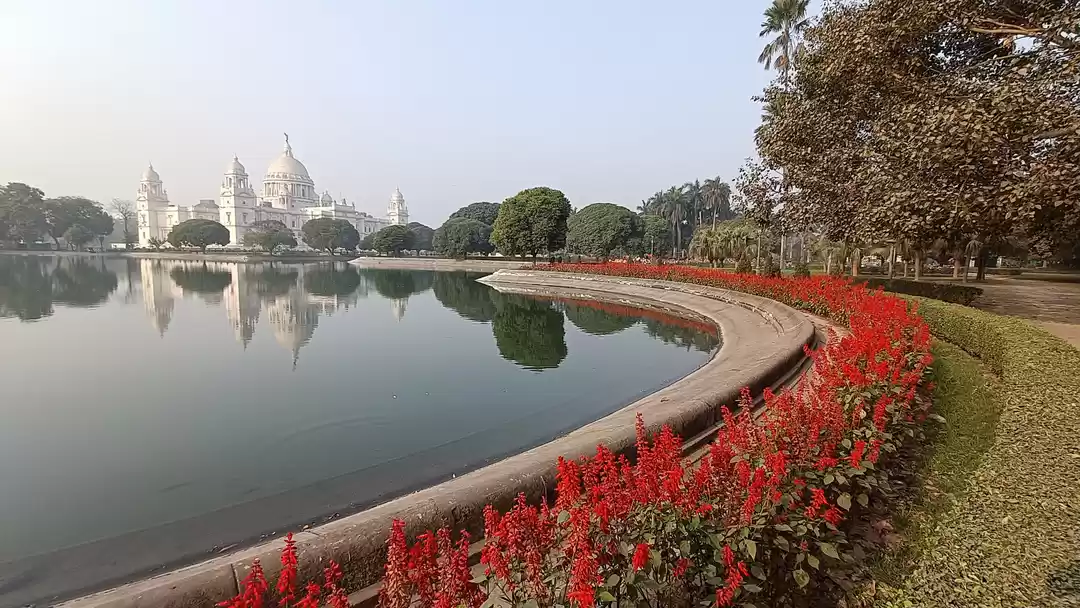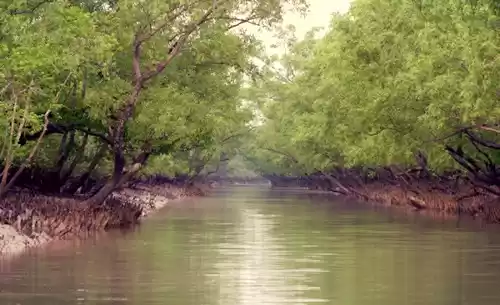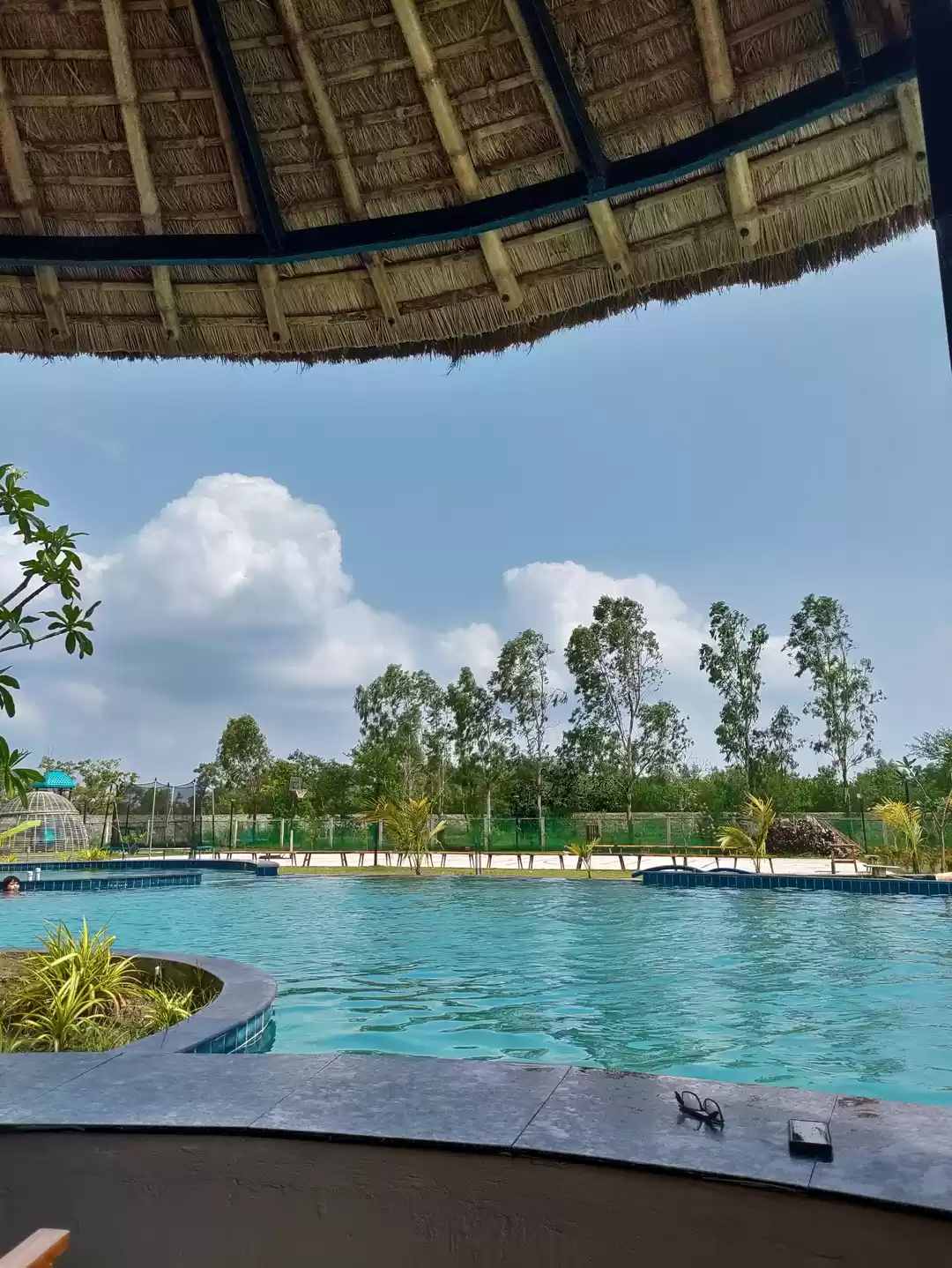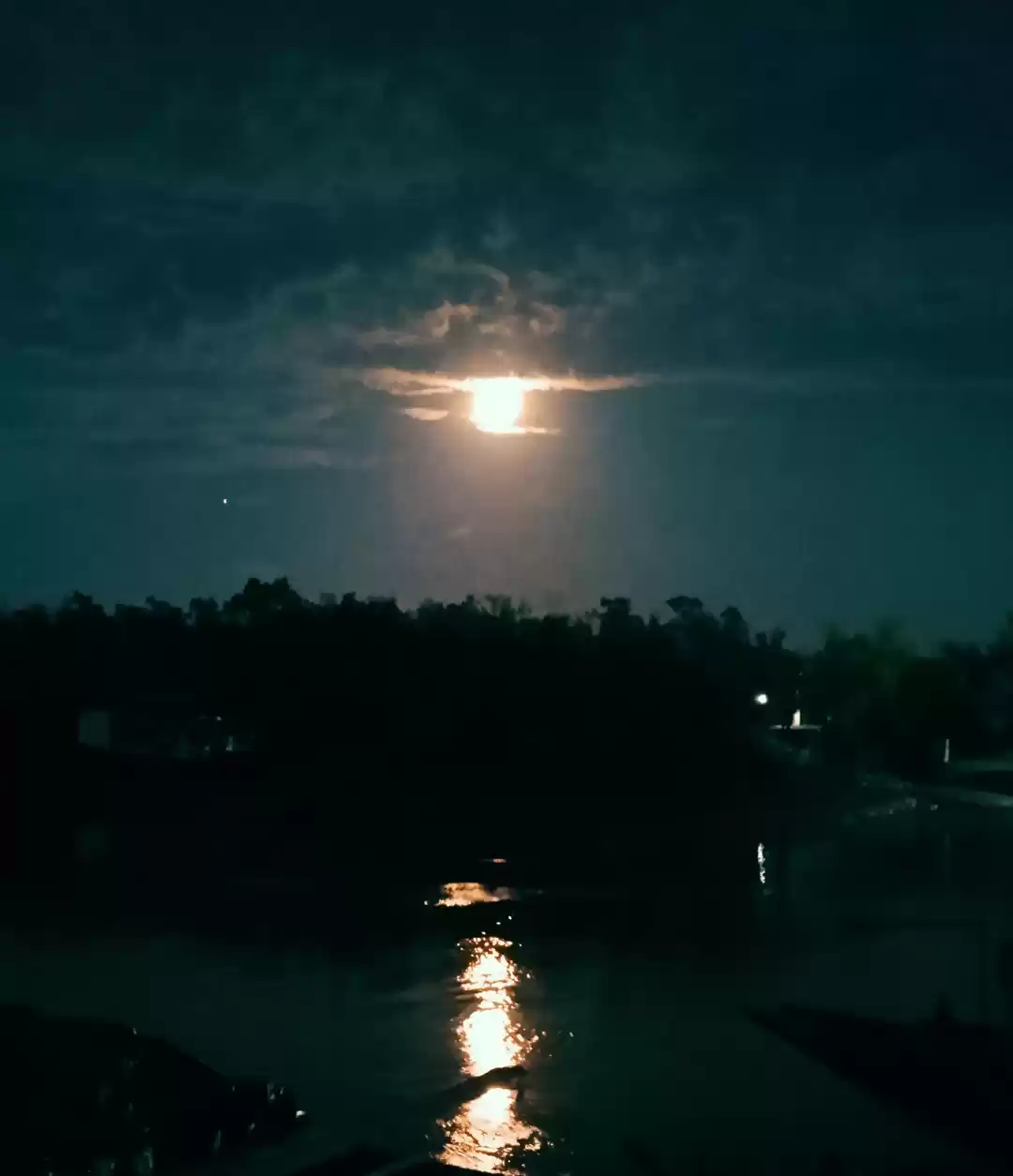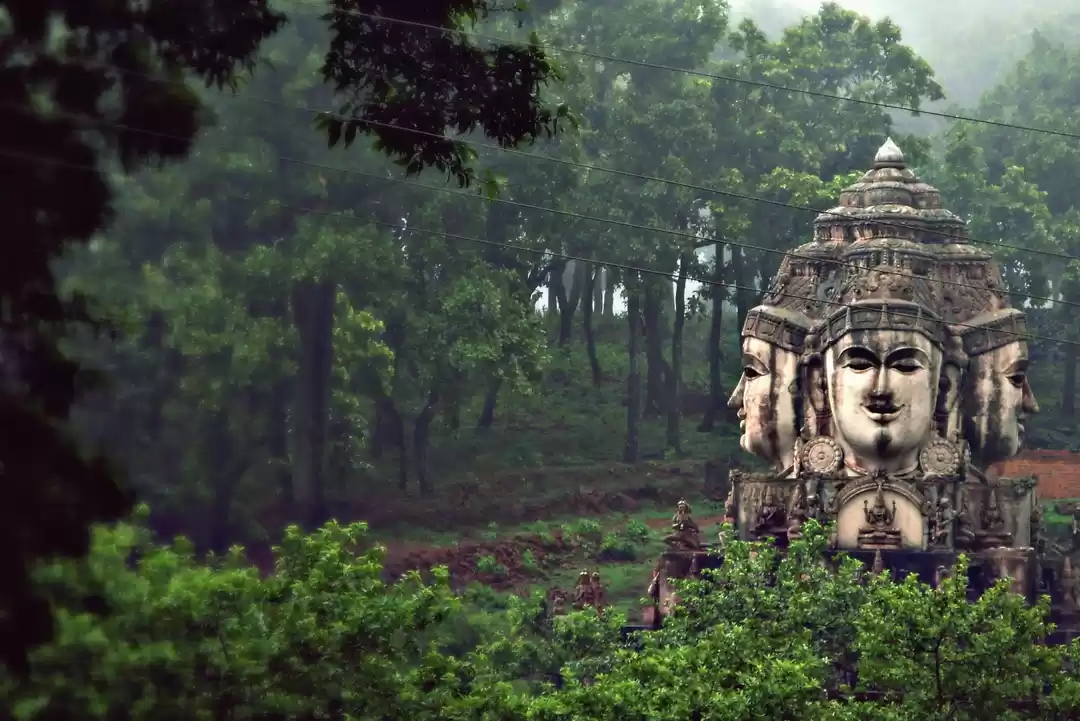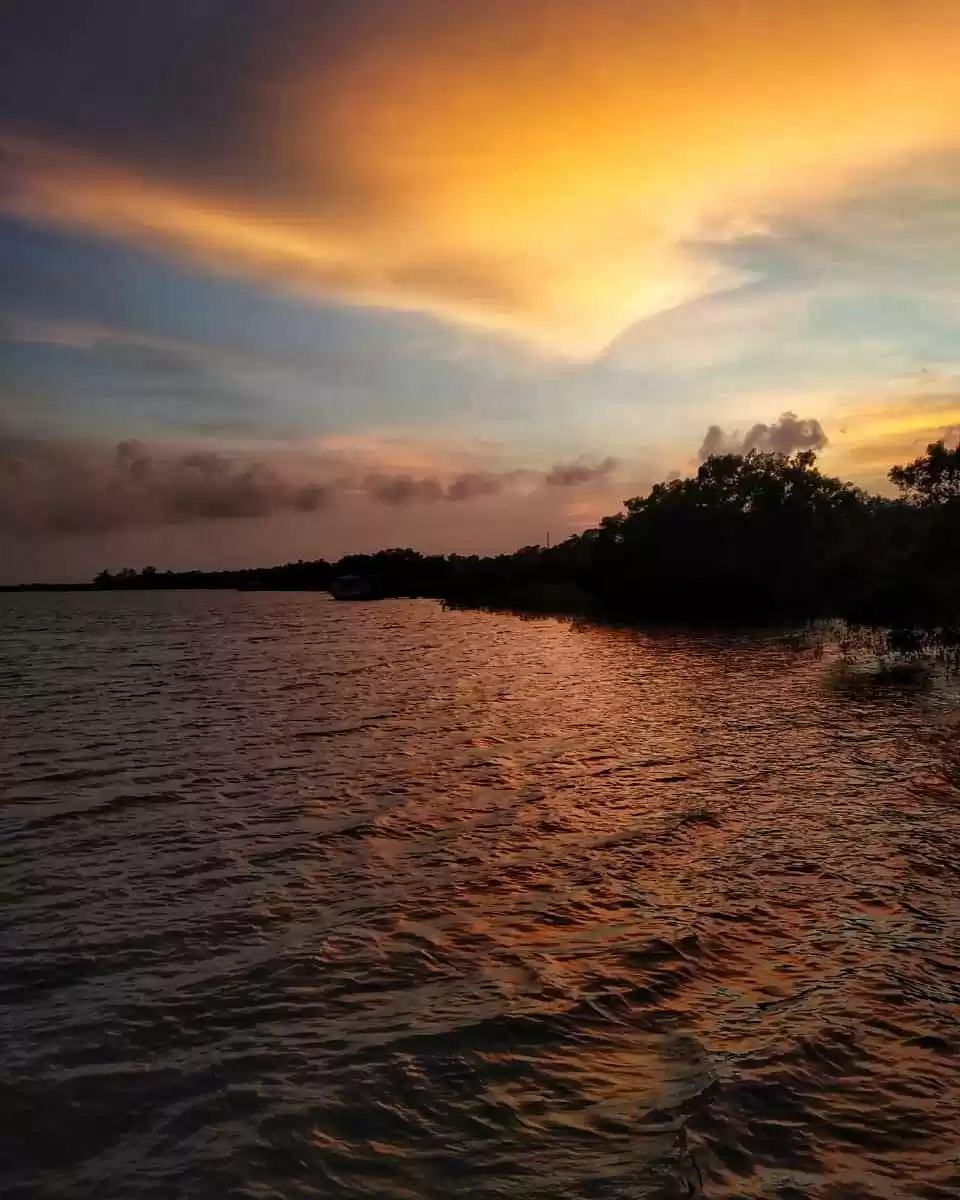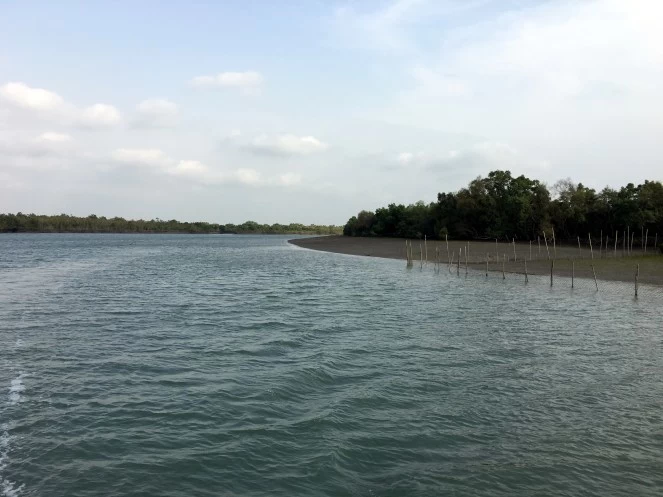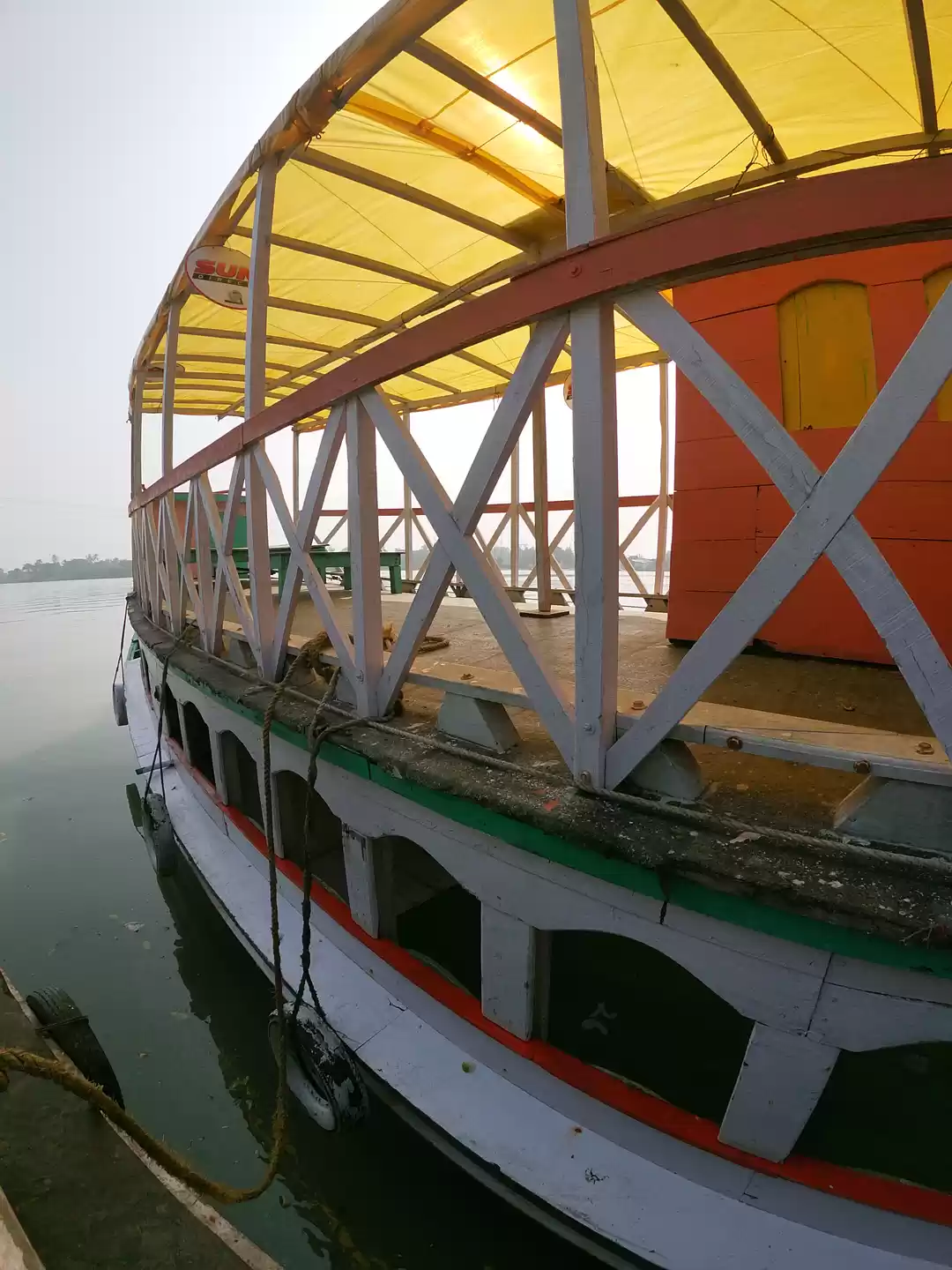
Sundarbans, the largest Mangrove Forest in the world is situated in the vast delta formed by the confluence of the great rivers the Ganges, the Brahmaputra and the Meghna in the Bay of Bengal. The name Sundarban is derived from the abundance presence of Sundari trees in this area. Shared between the two countries India and Bangladesh, the Sundarban National Park has been declared as UNESCO World Heritage Site. The part of the forest which under the control of The Indian Government is called Sundarbans National Park and covers the Ganges Basin of West Bengal.

The National Park occupies an area of 38,500 sq km, of which about one-third is covered by water/marsh. The abundantly found Sundari Trees are the basis of This National Park getting its name as Sundarban. This Biosphere Reserves is also home to different endangered Flora and Fauna and the kingdom of the Bengal tigers which is popularly known as Royal Bengal Tiger. They can swim easily in salt water.
Best time to visit

September to March is the best time to visit the Sundarbans National Park. The winter months are most pleasant as this is a tropical area and temperatures usually soar high during the summer months making it almost impossible to travel in this area.
History

Sundarbans has been a wildlife sanctuary since 1966. In the year 1073, The Sundarbans National Park was announced as the core area of The Sundarbans Tiger Reserve. It was declared a UNESCO World Heritage in 1987 and the Sundarbans region as a whole was declared a Biosphere Reserve in 1989. Of around 300 Royal Bengal tigers and approx. 30000 Spotted Deer's have made Sundarbans there habitat.
Where to stay
Within and outside the Sundarbans Wildlife Sanctuary, one can find a number of hotels, wildlife resorts, forest lodges and jungle camps .
The wildlife resorts and hotels in Sundarbans cater to the tastes and budgets of all kinds of travelers. Rooms tend to fill up during peak tourist season hence, it is advisable to make advance reservations. All wildlife resorts in Sundarbans arrange park safaris.
How to reach Sundarbans National Park
By Air
Dum Dum is the nearest airport at Kolkata.
By Rail
The nearest railway station is Canning that is less than 50 km and the nearest town is Gosaba. The Sundarban National Park is accessible only by boats unlike other National Parks of India, making Sundarban trip one of the most attractive one on earth and an undiscovered paradise for wild life enthusiast, birders, bird watchers and nature lovers.
By Road
You can embark the journey from the following points:
Canning - 64 km
Raidighi - 76 km
Najat - 94 km
Sonakhali - 100km
Namkhana - 105 km
Tips
- Foreign tourists need a special entry permit from the secretary West Bengal Forest Department.
- It is best to carry your own drinking water
- The transport connection is very tricky and complex here. So taking solo trips is not advisable. Join any of the several tours that run on a daily basis for a better, all round experience.
- There are about six species of sharks that inhabit the Sundarbans.

Sundarban, the largest delta in the world, has about nearly 10,200 sq km of Mangrove Forest under its region, which is found not only in India but in Bangladesh also.
Whether you are a thrill seeker or just looking for a exciting and unique adventure in India, this is one place you should definitely visit. Learn more about the tours that run for the Sundarbans and how to get there here.
Have you visited the dense Sundarbans? Are you planning to any time soon? Let us know in the comments below. Be a part of the largest online community of travellers on Tripoto’s Facebook page!
If you liked the article, share the love <3 #Whereizmyboardingpass


